Winter road safety: Experts share simple ways to stay safe
Cold, wet roads can be treacherous but there are ways to keep you and your family safe. Check out these expert tips.
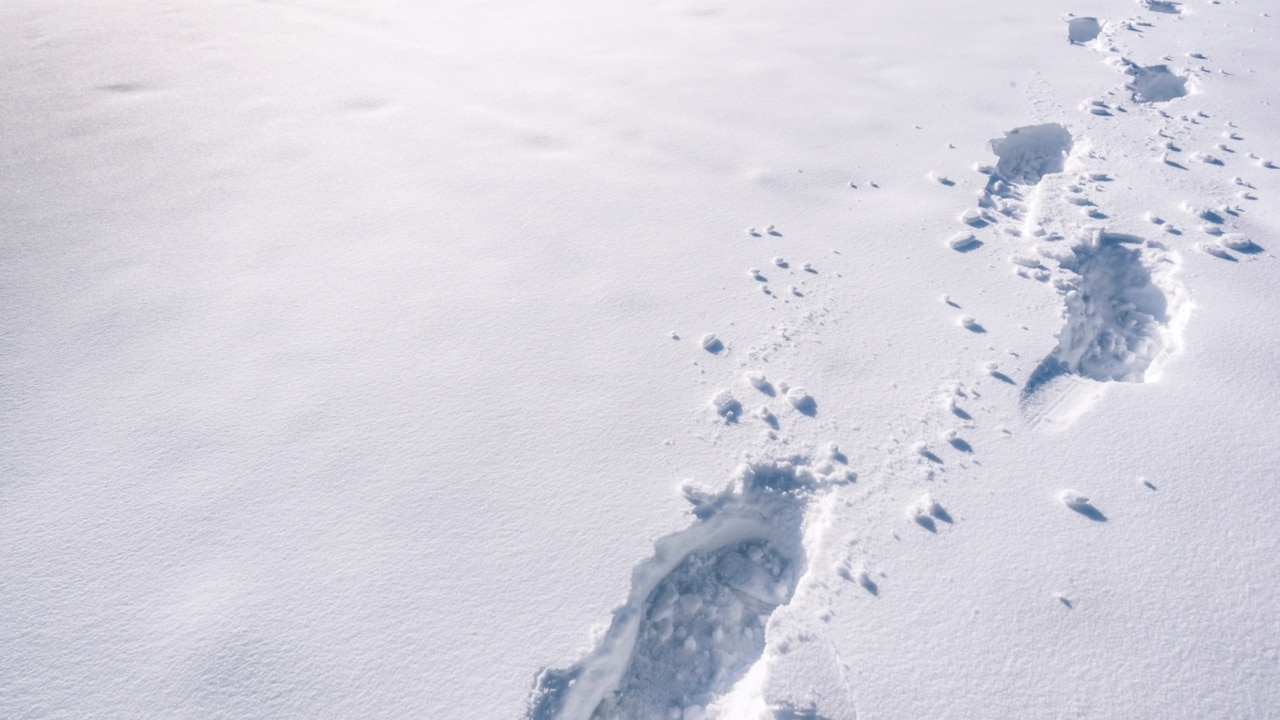
Motoring News
Don't miss out on the headlines from Motoring News. Followed categories will be added to My News.
Winter driving can present hazardous conditions for motorists.
Reduced visibility, heavy rain and low temperatures can combine to increase the risk of an accident – particularly in areas prone to winter snow.
Police, road safety experts and professional drivers agree that perilous conditions make crashes more likely.
And that the solution might be simpler than expected.
Rally champion and professional driver Molly Taylor says the key is to adapt your approach to the weather on hand.
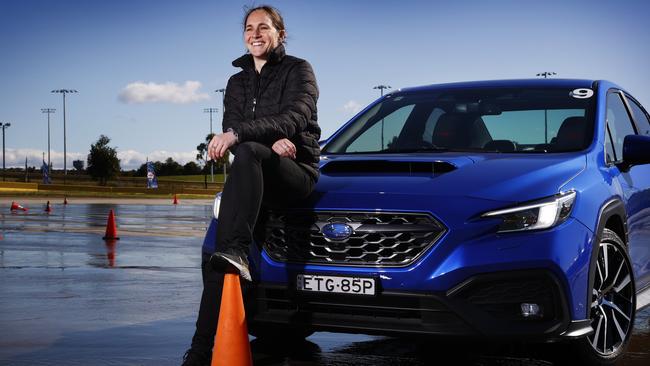
“You need to adjust your speed to the conditions, realising that when you’ve got less grip with the speed you’re carrying, your braking distance will be longer,” she says.
“It’s really important to anticipate and keep your vision ahead, because the more you can see, the further ahead you can plan.”
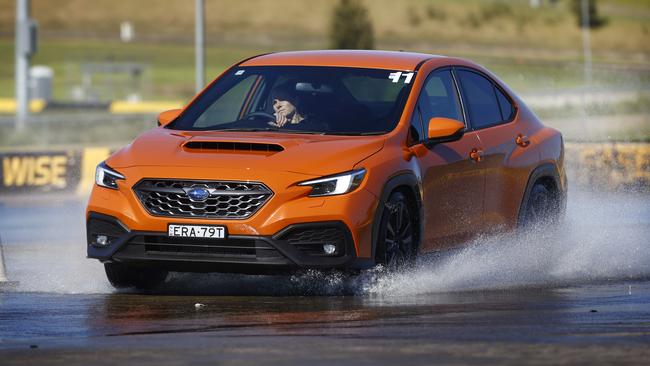
Driving Solutions founder James Stewart conducts driver training courses across Australia, including dedicated winter programs supported by Snowy Hydro.
He says driving to the conditions is “the simplest thing that people don’t do enough of”.
“If it’s wet, slow down. If it’s icy, slow down.
“If it’s raining and the windscreen wipers are flat out, people can’t see the full distance ahead and still expect to be able to stop in the same distance.
“Most modern cars have an ice symbol that comes up on the dash when the temperature approaches freezing – the car is telling you to slow down.”
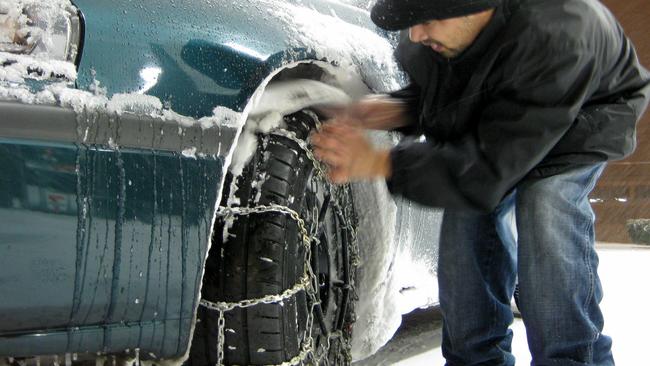
Precautionary checks can make winter driving safer.
Brakes and tyres should be in good condition, while fresh wiper blades and a full windscreen washer bottle also improve visibility.
Anti-freeze engine coolant is a good idea, as is making sure your car’s battery won’t let you down.
Diamond-shaped snow chains are a must for two-wheel-drive cars – as is trial-fitting chains in the warmth of your garage, as opposed to wrestling with them for the first time during a white-out.
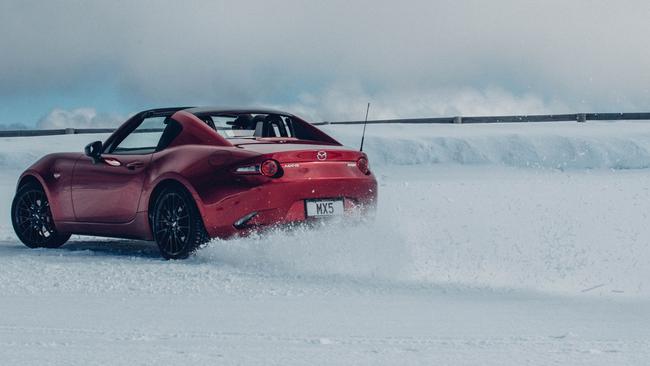
Snowy Mountains highway patrol officer Sergeant Adam Kite says “maximising the stopping distance you need” is a key element to staying safe.
“We really want people to increase the distance to the car in front,” he says.
“When the ice is compacted, your braking distances are about 20 times what they would be when it’s dry.”

Kite says fresh snow offers more grip than compacted ice in compacted lanes, and that slowing down using gears rather than brakes can be a good tactic.
Parents of young drivers considering a winter road trip should consider giving them access to the best possible car – not the cheapest set of wheels in the family.

“If you have a good, modern car, give it to them,” he says.
“If they get into an old Ford Laser or something, they have no safety systems whatsoever.
“In modern cars the stability program will catch a skid before the driver even knows it’s happening – people don’t realise how much the safety systems are doing for them.
“If mum and dad do have a newer car at home and their kid has an old bomb, give them the new car.”
Dr Stuart Newstead, a road safety expert at the Monash University Accident Research Centre, echoes the call for parents to share modern cars with good safety features.
“People think ‘the novice driver is going to crash the car, so we won’t give them a good one’, but we need to give them a better chance of preventing the crash,” he says.
“You’ve got to think about what the outcome you’re trying to prevent is.
“It’s not getting your kid killed. Don’t worry about the car.”
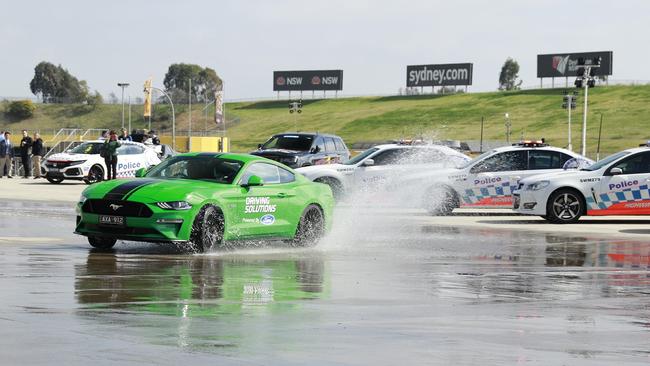
Understanding your car
Modern cars are equipped with sophisticated features such as traction control, electronic stability control, anti-lock brakes and electronic brake distribution that help drivers stay in control.
Monash University Accident Research Centre expert Dr Stuart Newstead says technology such as stability control is “absolutely critical”, particularly for novice drivers, and in wet or cool conditions.
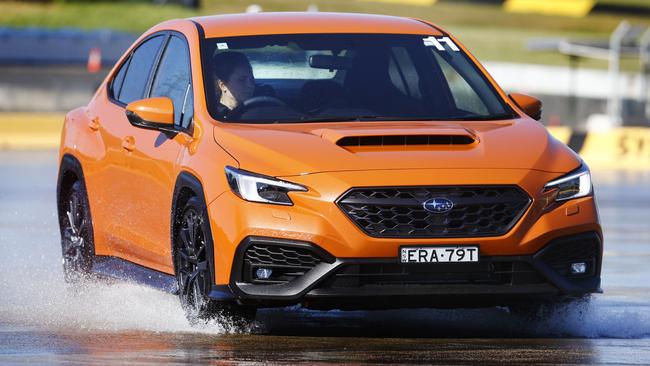
While some road safety experts are wary of defensive driving courses producing overconfident drivers, training providers such as Driving Solutions founder James Stewart believe drivers become safer by experiencing their car’s systems in controlled conditions.
“A defensive driver training course is about prevention,” he says.
“People can prevent having accidents by knowing more than what they do now about modern cars.
“Many people don’t understand what the technology is and what it can do – it’s almost like we have to introduce people to cars they’re driving every day.”




